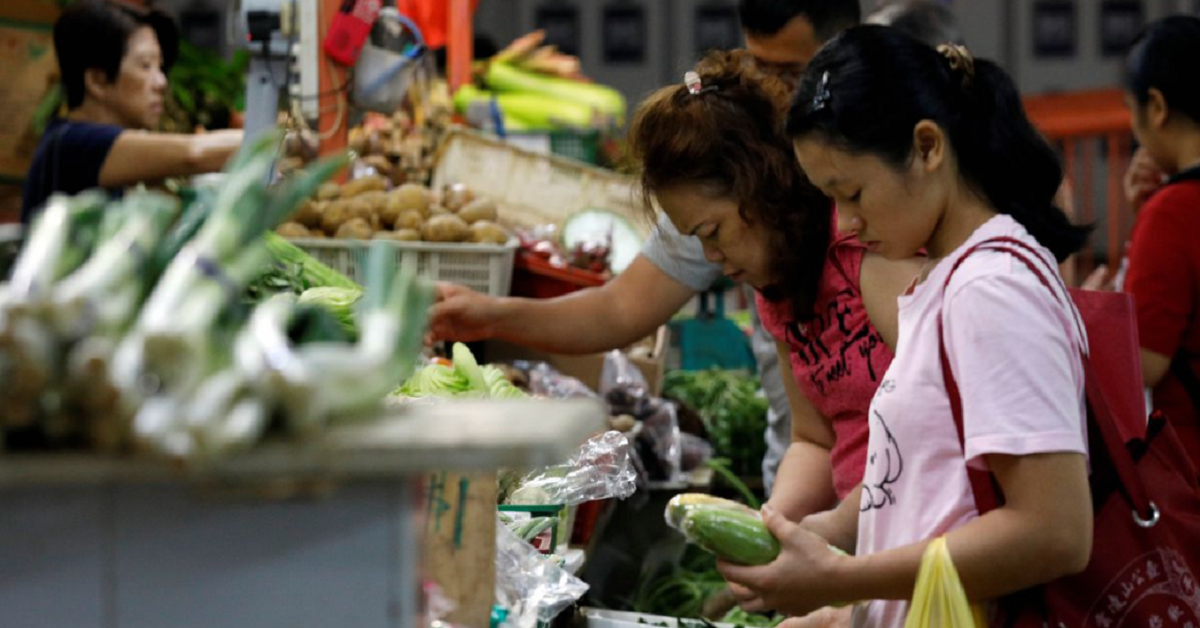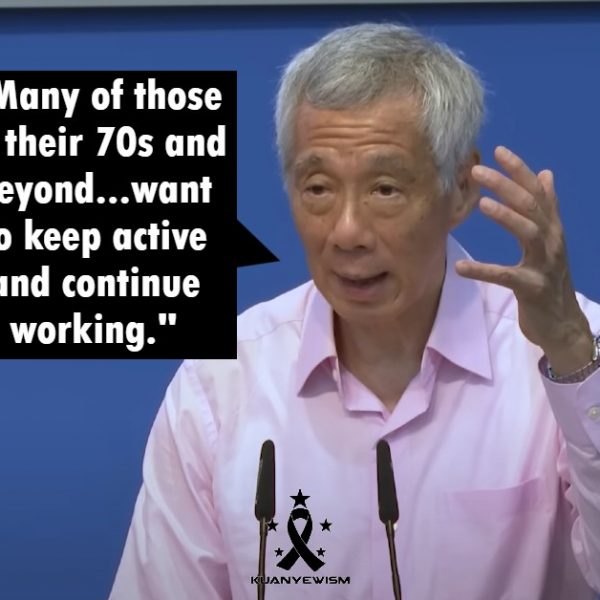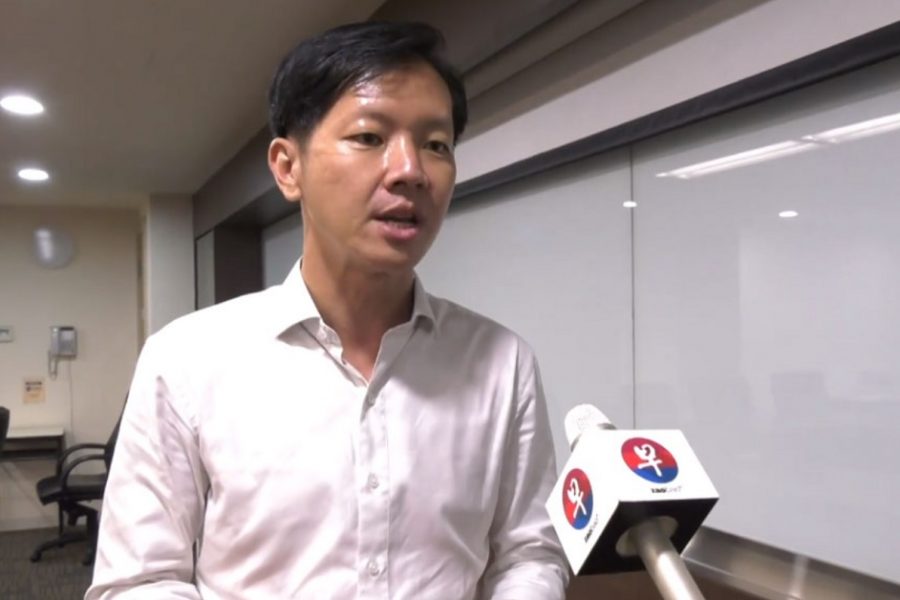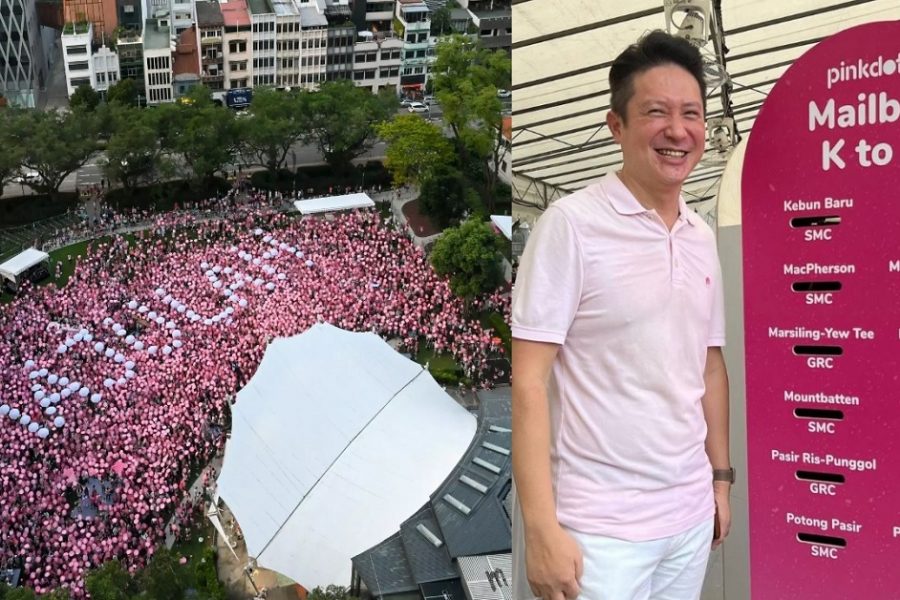By LM — The middle class is often referred to as the backbone of a country’s economy. This is because they are a key driving force behind economic growth and stability. A robust middle class typically means that there is a healthy and growing economy, which benefits not only the middle class but also those at the lower end of the income spectrum. Unfortunately, Middle Class Singaporeans are facing an uphill battle as the country’s income inequality widens.
They are not poor enough to receive assistance, but not wealthy enough to weather the economic challenges on their own. One reason for this struggle is that the middle class is sandwiched between the rich and the poor. The wealthy continue to amass more wealth and the poor receive government assistance. Whereas, the middle class is left to fend for themselves. In a survey conducted by the National University of Singapore, 76% of respondents from the middle-income group said that they were struggling to keep up with the rising cost of living.
The situation is compounded by the influx of foreign talent and investment, with little regard for the struggles of the middle class
According to a report by Credit Suisse, Singapore has one of the highest levels of income inequality among developed countries. The top 10% of earners account for more than 50% of the country’s wealth. Meanwhile, the middle class struggles to keep up with the rising cost of living. The government also worsened this with the increased Goods and Services Tax (GST) and income tax.
The government’s focus on attracting foreign investment and talent has led to increased competition for jobs and housing. These drive up the cost of living for locals. The middle class is left to bear the brunt of these, with limited avenues for financial assistance.
From wage suppression to housing affordability and job security, the Middle Class is disproportionately affected by the government’s emphasis on the import of Foreign Talent.
The influx of foreign talent puts downward pressure on wages for middle-class jobs. This reduces the bargaining power of local workers. This means that middle-class workers in industries such as finance, engineering, and IT are increasingly being paid less than they would be otherwise.
Secondly, the high demand for housing from foreign talent drives up property prices, making it even more challenging for middle-class Singaporeans to afford a home. Even with HDB, the property market remains out of reach for many middle-class families.
Today, the Middle Class of Singapore is being squeezed from all sides, making it increasingly difficult for them to survive.






In Singapore, you’re discriminated against if you don’t live in a HDB flat. So a compulsive gambler or drug addict who lives in a rental flat or shelter gets more financial support from the government than someone who worked hard, saved enough to buy a private home and behaved. We even give free healthcare to unemployed PRs!